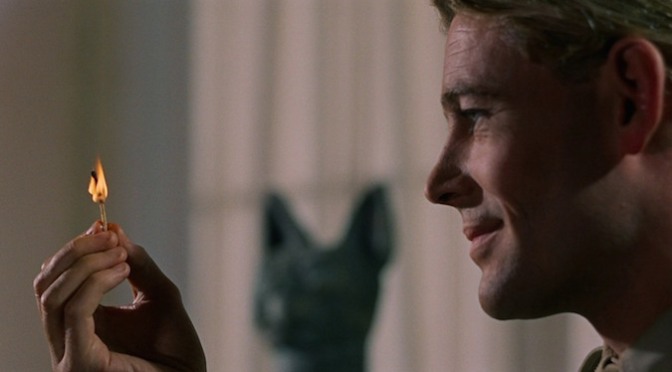Motion State Face Offs pit two films, franchises, or television series against each another for no reason other than because we can.
Every single time a Star Wars movie comes to theaters, a James Bond adventure always accompanies it within a year of release. That’s a weird bit of trivia, no? Two of the most gigantic franchises of all time, both in popularity and in cold hard box-office revenue, and the jaunts through a galaxy far, far away are always paired with some good old British womanizing. I smell a conspiracy. Maybe old Bond is just insecure about his lack of Force-wielding prowess and feels the need to release a movie every time a new Star Wars flick hits cinemas.
Regardless, it gives us an opportunity — nay, begs us — to revisit those years and the state of the respective franchises. With the trend continuing this year upon the release of Spectre and The Force Awakens, let’s zip back almost four decades ago to the beginning of the phenomenon.
The Spy Who Loved Me (1977) and A New Hope (1977)
A brief look at the weekly box office number-ones throughout 1977 betrays what you’d expect: Star Wars absolutely dominated, reclaiming the top spot again and again weeks after the original release. Great films like Sorcerer, Bobby Deerfield, and Cross of Iron have since been relegated to obscurity in the looming shadow of A New Hope. And The Spy Who Loved Me? It’s not even in the Top 10 highest-grossing Bond films (and yet Octopussy is, somehow).
And still The Spy Who Loved Me is one of the better entires in the long-standing franchise, certainly one of the better outings for Roger Moore’s 007. After the idiocy of Live and Let Die and the beautiful weirdness of The Man with the Golden Gun, Moore’s Bond got relatively straightforward in a collaboration with the Russians against the maniacal Karl Stromberg and his trusty metal-toothed henchman. It seemed like Moore’s Bond was finally coming into his own, like the franchise was on its feet again after a long string of so-so spy shindigs. To this day it’s one of the most revered Moore outings.












